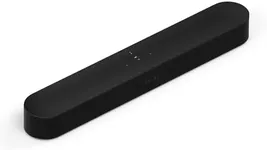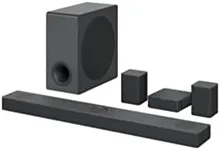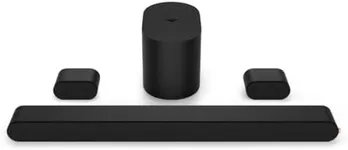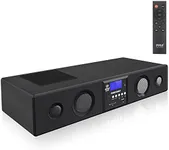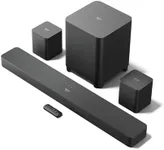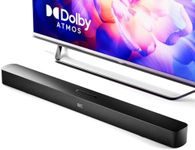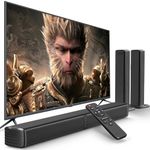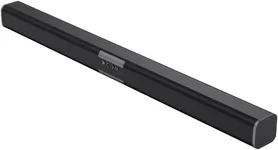Buying Guide for the Best Home Theater Speaker Systems
Choosing the right home theater speaker system can greatly enhance your movie-watching and music-listening experience. The key is to understand your needs and preferences, and then match them with the right specifications. Here are some important factors to consider when selecting a home theater speaker system.Speaker ConfigurationSpeaker configuration refers to the number and type of speakers in the system. Common configurations include 2.1, 5.1, and 7.1. The first number indicates the number of main speakers, while the second number indicates the presence of a subwoofer. A 2.1 system has two main speakers and one subwoofer, suitable for smaller rooms or basic setups. A 5.1 system includes five main speakers and one subwoofer, providing a more immersive experience for medium-sized rooms. A 7.1 system adds two additional speakers for even more surround sound, ideal for larger rooms or dedicated home theaters. Choose a configuration based on the size of your room and your desired level of immersion.
Speaker TypeHome theater systems can include various types of speakers such as floor-standing, bookshelf, in-wall, and satellite speakers. Floor-standing speakers are large and provide powerful sound, suitable for spacious rooms. Bookshelf speakers are smaller and can be placed on shelves or stands, ideal for medium-sized rooms. In-wall speakers are installed directly into the walls, saving space and providing a clean look, perfect for custom installations. Satellite speakers are compact and can be easily mounted on walls or placed around the room, great for flexible setups. Consider the space you have and the aesthetic you prefer when choosing the type of speakers.
Power HandlingPower handling indicates the amount of power a speaker can handle, measured in watts. This is important because it affects the volume and clarity of the sound. Speakers with higher power handling can produce louder and clearer sound without distortion. For small to medium rooms, speakers with power handling between 50-150 watts are usually sufficient. For larger rooms or if you prefer very loud sound, look for speakers with power handling above 150 watts. Match the power handling of the speakers with the output power of your receiver or amplifier to ensure compatibility and optimal performance.
Frequency ResponseFrequency response measures the range of sounds a speaker can reproduce, from the lowest bass to the highest treble, and is expressed in Hertz (Hz). A wider frequency response range means the speaker can produce a fuller range of sounds. For example, a frequency response of 20Hz-20kHz covers the full range of human hearing. If you enjoy deep bass, look for speakers with a lower frequency response starting around 20-40Hz. For clear highs, ensure the upper range goes up to at least 20kHz. Consider your listening preferences and the type of content you consume when evaluating frequency response.
SensitivitySensitivity measures how efficiently a speaker converts power into sound, expressed in decibels (dB). Higher sensitivity means the speaker can produce louder sound with less power. Sensitivity ratings typically range from 85dB to 100dB. For smaller rooms or if you have a lower-powered receiver, look for speakers with higher sensitivity (90dB or above) to achieve good volume levels without needing a lot of power. For larger rooms or if you have a powerful receiver, sensitivity is less critical, but higher sensitivity can still provide better performance. Choose based on your room size and the power of your receiver.
ConnectivityConnectivity options determine how you can connect your speakers to your receiver or other audio sources. Common options include wired connections (such as speaker wire or RCA cables) and wireless connections (such as Bluetooth or Wi-Fi). Wired connections typically provide the best sound quality and reliability, but require running cables around the room. Wireless connections offer more flexibility and easier setup, but may have slight latency or interference issues. Consider your room layout and preference for ease of setup versus sound quality when choosing connectivity options.




